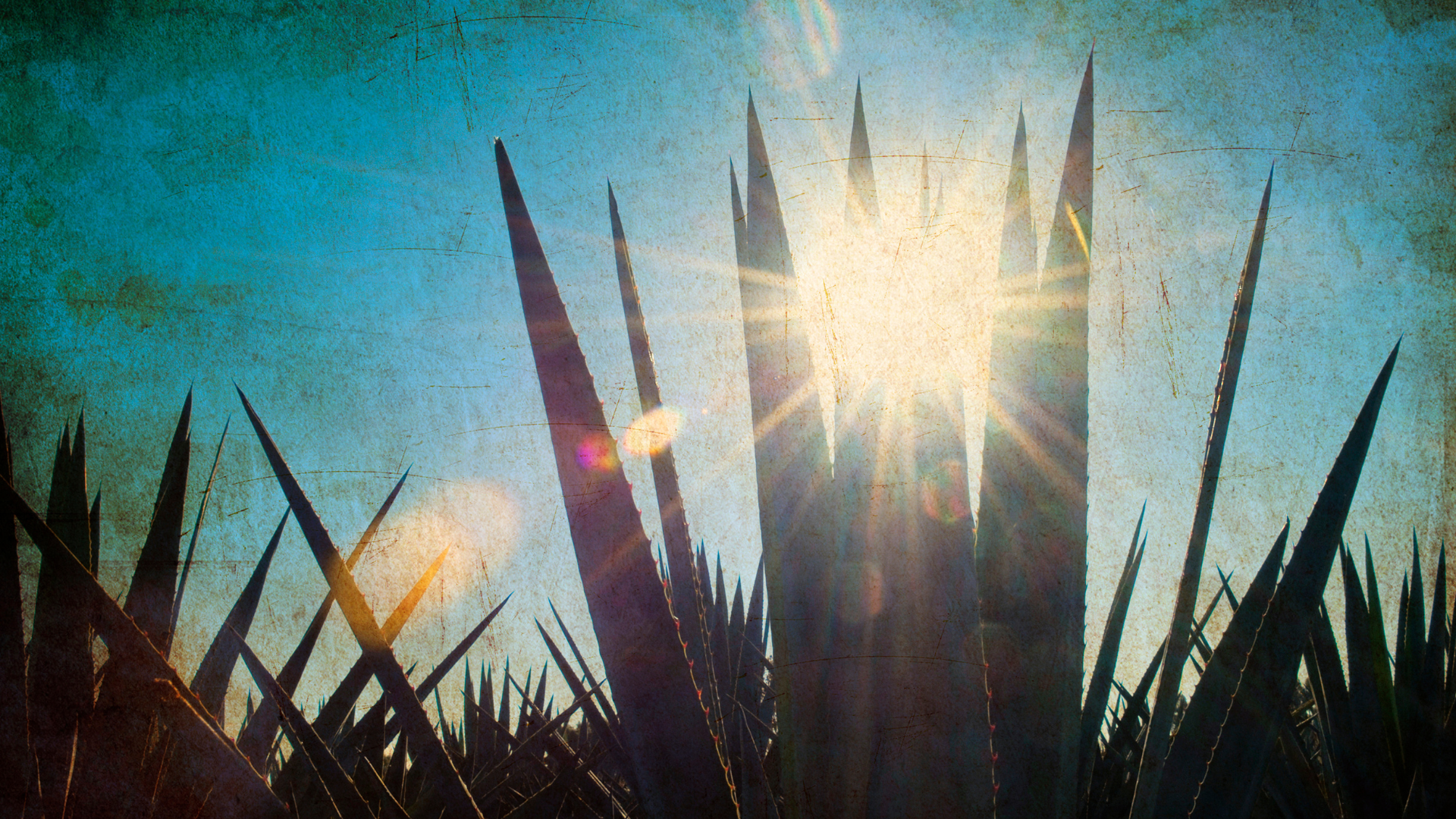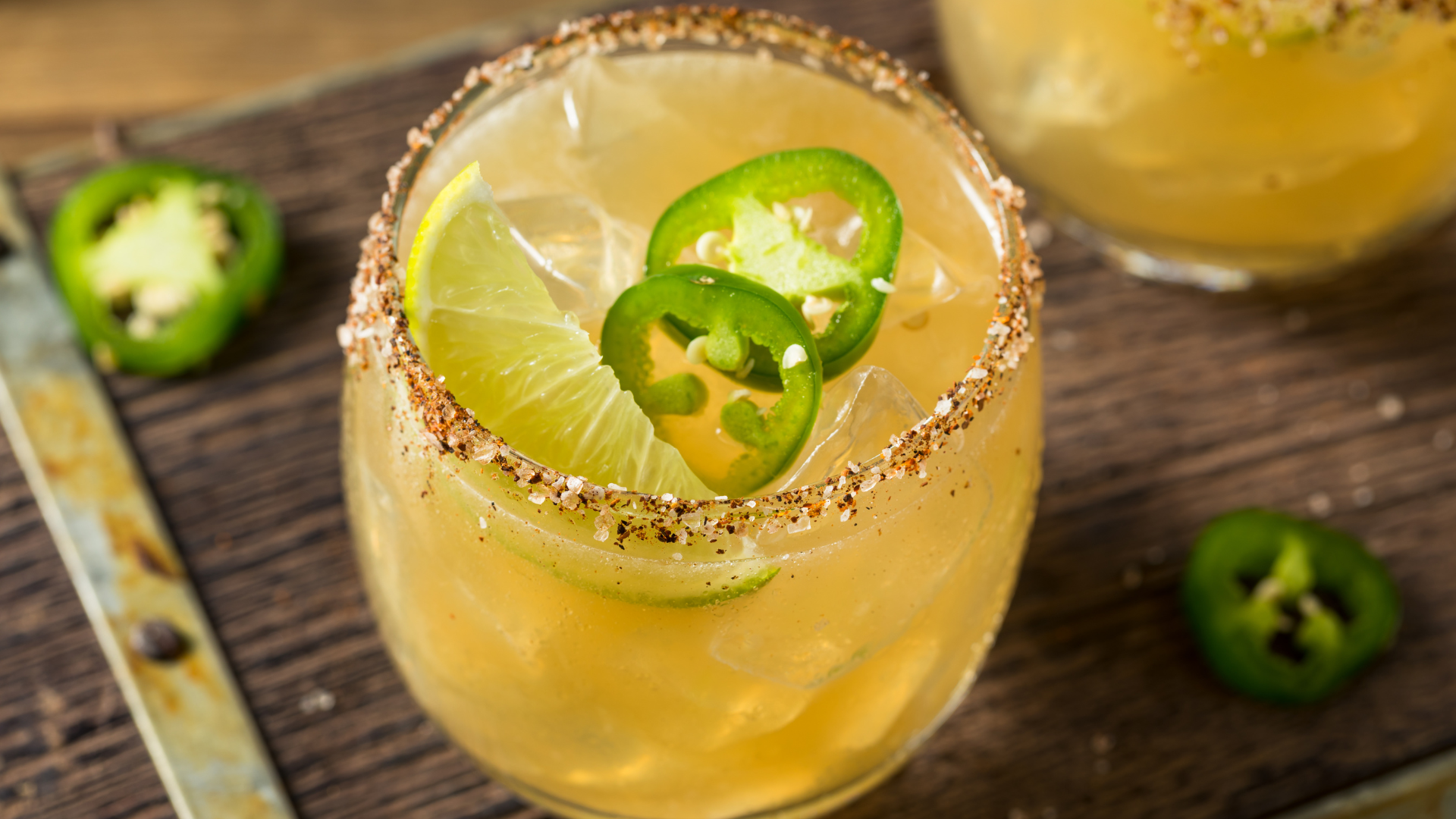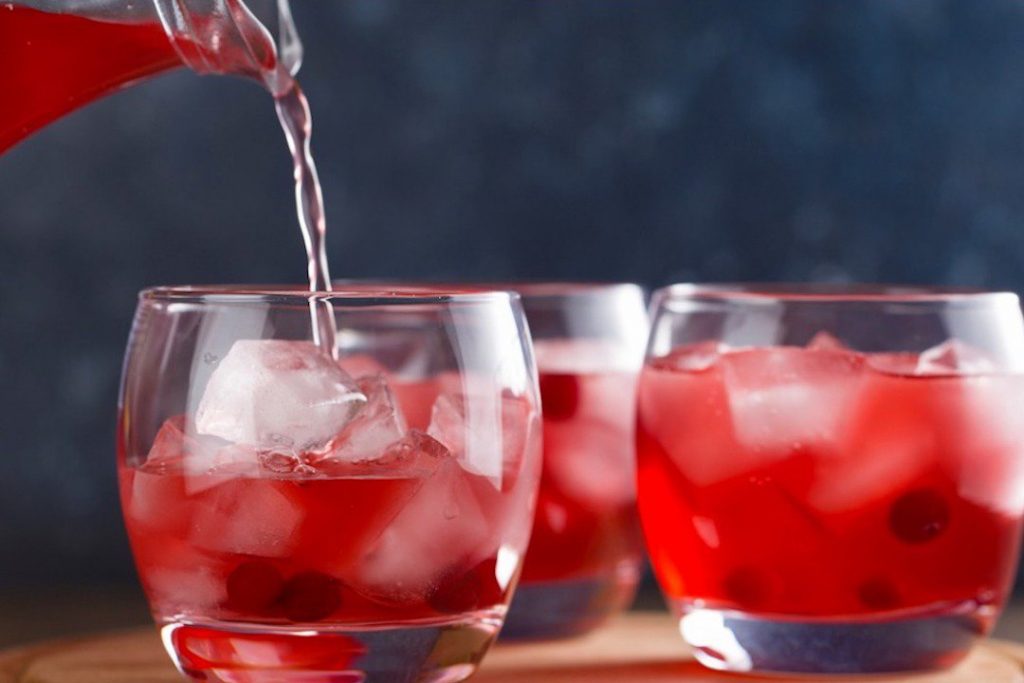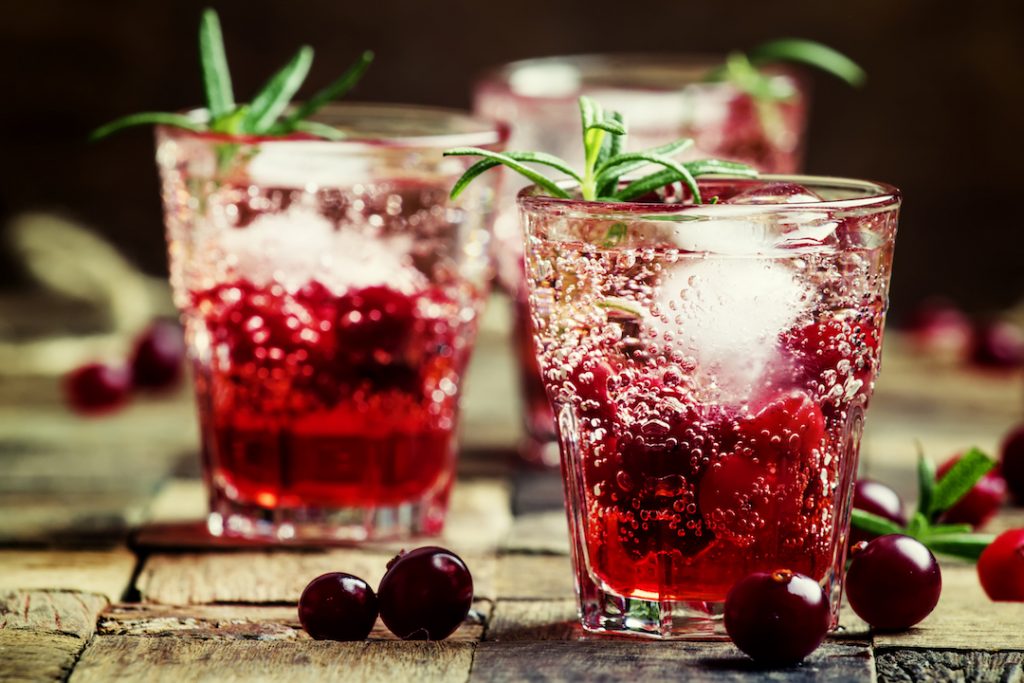
As American as…agave? A new wave of American agave spirits have been hitting the market and we are here to help you unpack just what, exactly, that means. Over the years we’ve had our chats about tequila, we’ve unraveled the history of the Margarita, we’ve even reached into the bottom of the mezcal bottle, pulled out the worm and explained how it got there in the first place. Hey, you might think, I remember you saying that agave distillates are from Mexico! Yes, my dear Tipplers, the most well known agave spirits do in fact hail from south of the border but suspend your disbelief and pour yourself a glass of American agave spirit–the U.S. has entered the chat.
Can Agave Even Grow Here?
From fibers for textiles, distilled spirits, pulque, syrup, even the indigenous origin stories of Mexico— agave is a truly amazing thing! The plant that gifted the world with mezcal and tequila is part of a genus of some 200 species in the family of Asparagaceae.
Look familiar? Agave is closely related to the asparagus!
Agave contains more chemical compounds for flavor than anything else we distill with. The primary agave used in distillation is the Blue Weber, which is the only variety that can be used in tequila production.
The species originates in arid and semi arid regions of the Americas and, while we primarily associate the agave with Mexico (for good reason), it can, in fact, thrive in other locations. Of course, Texas and California come to mind, they both posses a similar climate and they both used to be a part of Mexico. Makes sense that both states are leading the American agave spirits charge and also researching the best way to grow agave for distillation. UC Davis “has established the Stuart & Lisa Woolf Fund for Agave Research to focus on outreach and research into the plants and their viability as a low-water crop in the state.” Agave can be particularly useful in the drought prone state, as the plants can serve as natural firebreaks.

Thirsty to discover new spirits?
Sign up for SipScout and let us introduce you to amazing craft spirits, beer, wine, sake, cider and more!
New Mexico and Arizona both make sense for their desert like climate, and yes agave is being grown for distillation there.
But how about Georgia? Last year, a seemingly ornamental “cactus” in a woman’s front yard grew a massive stalk after 36 years and began to flower. Her plant made national news and every bartender was like “yeah, it’s an agave.”
The agave is, of course, not a cactus but is often mistaken for one. The stalk, or quiote, and flowers signal the end of the agave’s life cycle. The nectar of the flowers is important for pollinators like bats and bees.
Hawaii is also a fabulous location to grow agave, as Maui based farm to bottle distillery Waikulu Distillery set out to prove in 2011. Their climate turns out to be stellar for American agave spirit production: “A single agave grown in our fields typically weigh 350-400 lbs, and will make 40 bottles of spirit. This is roughly 4 times what agave grown south of the border will yield.”
For comparison, Blue Webers grown in California typically weigh 110 pounds or more, according to UC Davis research.
I bet you have seen a variety of agave growing near you! Epcot has them adorning the entire walk up to Space 220, even my neighborhood in NYC has them growing: sure, a tree might grow in Brooklyn, but agaves are growing in Queens. No, not all of these can be used to produce American agave spirits, but they do prove that they thrive just about anywhere.
Why Can’t We Just Call It Tequila?

American agave spirits, despite the methods and crops used to make them, cannot ever be refered to as tequila or mezcal. In the same way that cognac, bourbon, champagne, and even certain cheeses must be produced in specific areas, tequila and mezcal must be produced in their designated regions of Mexico following legal guidelines. In 2020, the TTB expanded the agave spirits rules to break the classifications down regarding the protected agave spirit varieties. Wanna speak some legal-ese with me? Let’s check on it with the good folks at the TTB and Cornell Law:
§ 5.148 Agave spirits.
(a) The class agave spirits. “Agave spirits” are distilled from a fermented mash, of which at least 51 percent is derived from plant species in the genus Agave and up to 49 percent is derived from other sugars. Agave spirits must be distilled at less than 95 percent alcohol by volume (190° proof) and bottled at or above 40 percent alcohol by volume (80° proof). Agave spirits may be stored in wood barrels. Agave spirits may contain added flavoring or coloring materials as authorized by § 5.155. This class also includes mixtures of agave spirits. Agave spirits that meet the standard of identity for “Tequila” or “Mezcal” may be designated as “agave spirits,” or as “Tequila” or “Mezcal”, as applicable.
“Applicable” in all cases means hecho en Mexico, amigos. So what the heck are we making in the Estados Unidos?
Enter the American Agave Spirit.
We’ve discussed that agave can grow and thrive north of the border (or on a volcanic island chain), but there is, in fact, another option for creating agave distillates without actual plants. Many American agave spirit producers source agave piñas or agave syrup from Mexico.
Why source?
The Blue Weber takes between 6 to 10 years to mature. Some U.S. distillers opt to source while their plants do their thing. This option is also appealing if you happen to be in an area prone to extreme cold. American agave spirits have been popping up from California to Rhode Island!
So WHAT are American Agave Spirits
Much like tequila, American agave spirits are being made in a range of ages. The most popular so far seems to be an unaged agave spirit (think blanco tequila), makes sense as it is quicker to produce if you don’t have to wait for it to age! Innovative American distillers don’t stop there though, take, for example, Mean Mule Distilling out of Missouri. They offer a pleathera of agave spirits using Blue Weber piñas grown for them in Jalisco: unaged Silver, Gold, which is aged 8 weeks and tastes like “a fireside chat”, Heritage, aged 1 year in Missouri oak barrels for “impressing the in-laws”, and even an agave based gin!
Blasfemus is an American agave spirit from Anscectral Craft Spirits based in Texas. While they wait for their agaves to mature, they are sourcing agave juice from a family estate in Mexico. Similar to mezcal, Blasfemus comes in a range of agave blends. Take, for example, the Blasfemus 11, made with 90% Angustifolia and 10 % Potatorium agave for notes of coconut, nutmeg, oak, and warm vanilla. Also located in Texas, Maverick Distilling is producing Blue agave spirits aged in their whiskey barrels for two years and two months.
California agave distillers have come together to create the California Agave Council, with offerings from all over the state. Venus Spirits offers a limited release “using 100% CA grown agave and traditional pit roasting techniques. Agave from Yolo County, CA has been roasted with almond wood and distilled here in Santa Cruz.” While Napa based Jano grows and hand harvests Agave Americana (which takes 15 years to grow!) before roasting and open fermenting in a distilling process that mirrors mezcal production.
The category is so incredibly new, with the classification only being expanded roughly 4 years ago, and the average consumer may not be aware that it even exists. However, with tequila sales exploding and literally everyone and their younger celebrity sisters trying to get in on creating tequila brands, there is a quantifiable demand for agave based spirits. American agave spirits offer a way of quenching that thirst while still respecting another country’s indigenous spirit, as long as the agave is grown and sourced responsibly.

How Do You Drink American Agave Spirits?
While the category may be new, the concept of respecting the time and effort it takes to make a spirit still applies. As we mentioned earlier, agave isn’t exactly a quick growing plant (some varieties take 25 years to mature). We recomend using the unaged American agave spirits for cocktails if that’s your vibe! A few that instantly spring to mind are the Margarita and the Paloma. The American agave spirits that have been aged or blended to showcase a variety of agaves should be enjoyed on their own, perhaps with a tiny beer on the side.
Have you tried American Agave Spirits? Let us know who the maker is and what you thought in the comments below!

Jena is an event host & contributing writer for The Crafty Cask, as well as an award-winning bartender, cocktail educator, Cicerone Certified Beer Server, and Executive American Whiskey Steward. Based in NYC, Jena has been working in the craft alcohol world for the last 15 years with recipes appearing in Manhattan restaurant/bars & multiple publications. She is the 2019 Nikka Perfect Serve Global Runner Up and a 2020 Cognac Connection winner.


